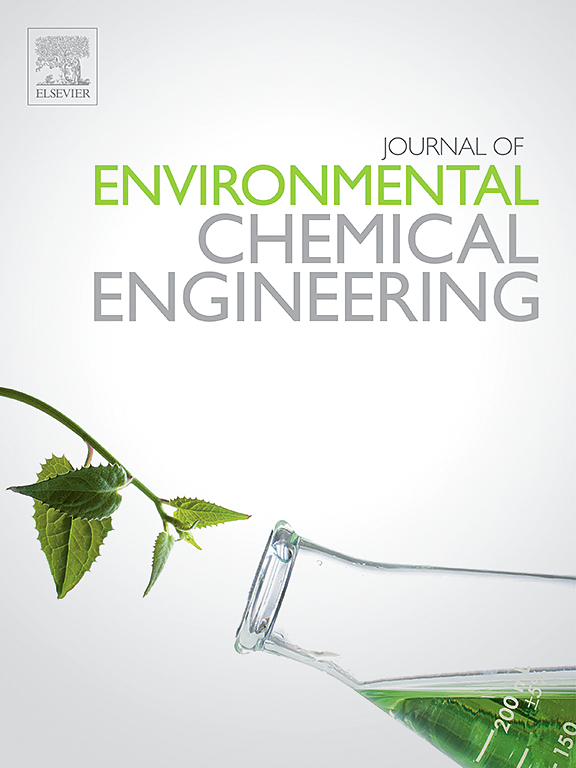Research progress of simultaneous nitrogen and phosphorus removal adsorbents in wastewater treatment
IF 7.4
2区 工程技术
Q1 ENGINEERING, CHEMICAL
引用次数: 0
Abstract
This study examines the sources, hazards, occurrence forms, and removal mechanisms of nitrogen (N) and phosphorus (P) in polluted waters. Furthermore, it critically reviews various studies on adsorbents for removing N/P-containing pollutants from wastewater, such as activated carbon and mineral-based adsorbents. These adsorbents employ various adsorption mechanisms, such as electrostatic attraction and chemisorption. These adsorbents demonstrate efficacy in simultaneously removing nitrate and phosphate from aqueous solutions. Mineral-based adsorbents exhibit high adsorption capacity for N and P pollutants, potentially enabling a "waste for waste" approach. However, developing cost-effective adsorbents is crucial for long-term environmental and economic sustainability. This review offers a novel systematic analysis of adsorbents for N and P removal via co-adsorption. Moreover, this study explores future research directions in advanced purification technologies, adsorbent regeneration, and recycling of spent adsorbents.
污水处理中同步脱氮除磷吸附剂的研究进展
本研究探讨了受污染水体中氮(N)和磷(P)的来源、危害、出现形式和去除机制。此外,本研究还对用于去除废水中含 N/P 污染物的吸附剂(如活性炭和矿物基吸附剂)的各种研究进行了认真评述。这些吸附剂采用了各种吸附机制,如静电吸引和化学吸附。这些吸附剂在同时去除水溶液中的硝酸盐和磷酸盐方面效果显著。矿物基吸附剂对氮和磷污染物具有很强的吸附能力,有可能实现 "变废为宝"。然而,开发具有成本效益的吸附剂对于环境和经济的长期可持续发展至关重要。本综述对通过共吸附去除氮和磷的吸附剂进行了新颖的系统分析。此外,本研究还探讨了先进净化技术、吸附剂再生和废吸附剂回收利用方面的未来研究方向。
本文章由计算机程序翻译,如有差异,请以英文原文为准。
求助全文
约1分钟内获得全文
求助全文
来源期刊

Journal of Environmental Chemical Engineering
Environmental Science-Pollution
CiteScore
11.40
自引率
6.50%
发文量
2017
审稿时长
27 days
期刊介绍:
The Journal of Environmental Chemical Engineering (JECE) serves as a platform for the dissemination of original and innovative research focusing on the advancement of environmentally-friendly, sustainable technologies. JECE emphasizes the transition towards a carbon-neutral circular economy and a self-sufficient bio-based economy. Topics covered include soil, water, wastewater, and air decontamination; pollution monitoring, prevention, and control; advanced analytics, sensors, impact and risk assessment methodologies in environmental chemical engineering; resource recovery (water, nutrients, materials, energy); industrial ecology; valorization of waste streams; waste management (including e-waste); climate-water-energy-food nexus; novel materials for environmental, chemical, and energy applications; sustainability and environmental safety; water digitalization, water data science, and machine learning; process integration and intensification; recent developments in green chemistry for synthesis, catalysis, and energy; and original research on contaminants of emerging concern, persistent chemicals, and priority substances, including microplastics, nanoplastics, nanomaterials, micropollutants, antimicrobial resistance genes, and emerging pathogens (viruses, bacteria, parasites) of environmental significance.
 求助内容:
求助内容: 应助结果提醒方式:
应助结果提醒方式:


